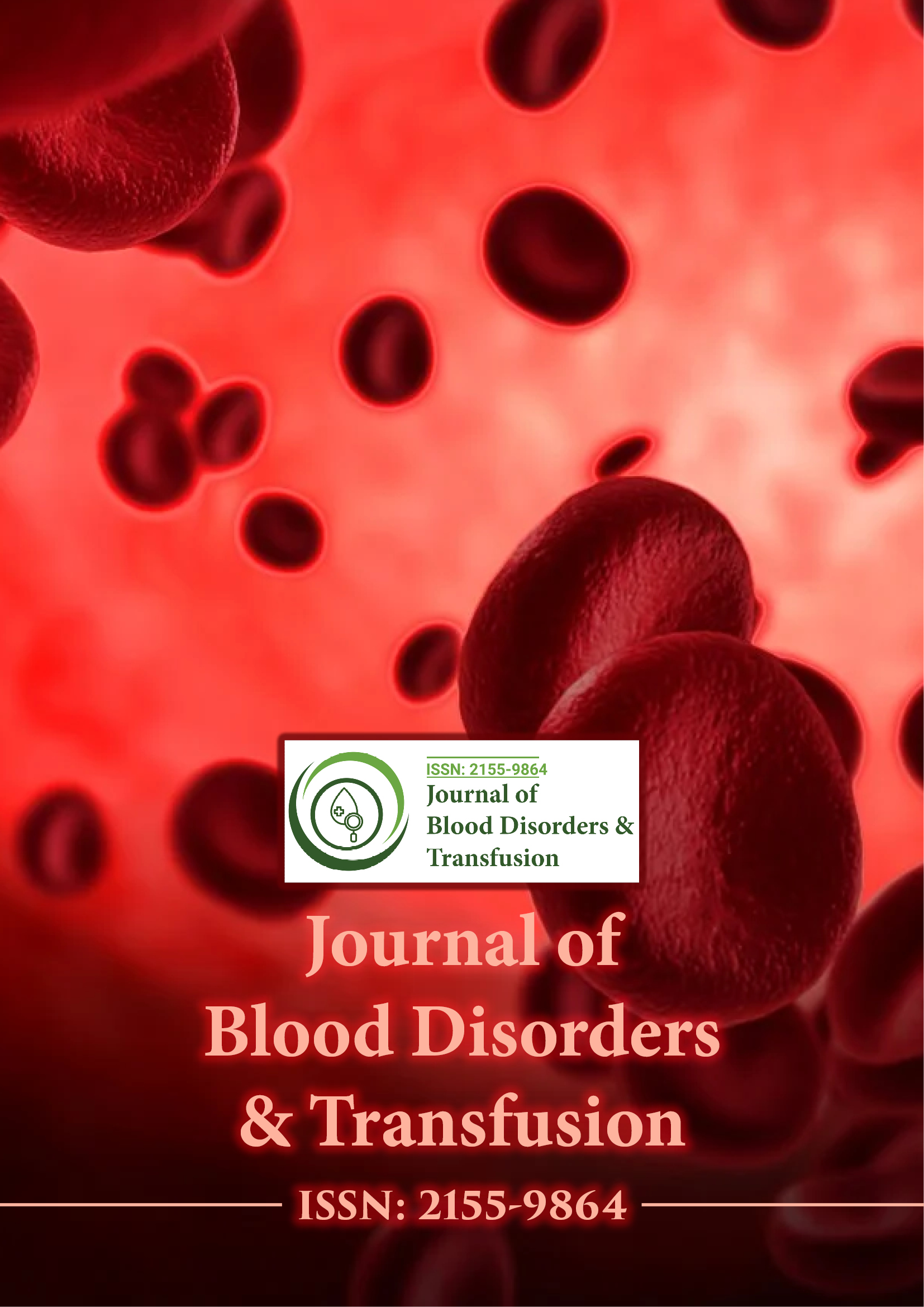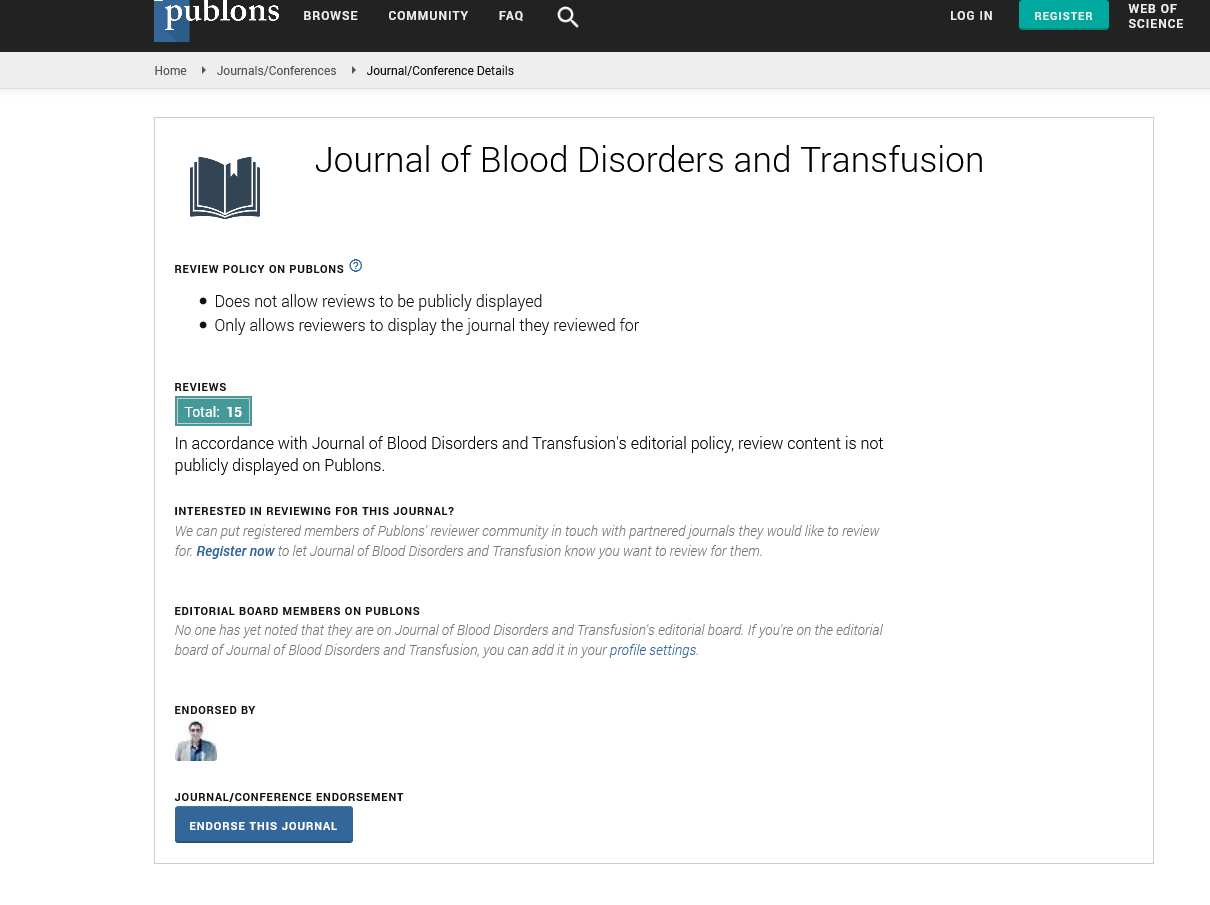PMC/PubMed Indexed Articles
Indexed In
- Open J Gate
- Genamics JournalSeek
- JournalTOCs
- Ulrich's Periodicals Directory
- RefSeek
- Hamdard University
- EBSCO A-Z
- OCLC- WorldCat
- Proquest Summons
- Publons
- Geneva Foundation for Medical Education and Research
- Euro Pub
- Google Scholar
Useful Links
Share This Page
Journal Flyer

Open Access Journals
- Agri and Aquaculture
- Biochemistry
- Bioinformatics & Systems Biology
- Business & Management
- Chemistry
- Clinical Sciences
- Engineering
- Food & Nutrition
- General Science
- Genetics & Molecular Biology
- Immunology & Microbiology
- Medical Sciences
- Neuroscience & Psychology
- Nursing & Health Care
- Pharmaceutical Sciences
Chemical genomics of Plasmodium falciparum from hemozoin and parasite inhibition profiles of approved drugs
2nd International Conference on Hematology & Blood Disorders
September 29-October 01, 2014 DoubleTree by Hilton Baltimore-BWI Airport, USA
David J Sullivan
Scientific Tracks Abstracts: J Blood Disorders Transf
Abstract:
When the Plasmodium parasite invades human erythrocytes, it catabolizes the host?s hemoglobin in an acidic digestive vacuole, which releases toxic heme. To protect itself from oxidative damage, the parasite initiates the crystallization of heme into harmless hemozoin, the malarial pigment. Many classes of drugs including the widely used antimalarial quinolines have been found to inhibit this process We have probed a library of more than 1,500 FDA approved drugs for heme crystal and whole cell/infected Plasmodium falciparum inhibition for liver, asexual erythrocyte and sexual gametocyte stages. We found both class effects and also unique inhibition of individual drugs amongst a drug class. A few drugs were able to inhibit liver or gametocyte stages as well. Vulnerable Plasmodium metabolic pathways can be targeted by fungal azoles, many antidepressants and antipsychotics, HIV aspartic protease inhibitors, calcium channel blockers, kinase inhibitors and antihistamines. A comparison of hemozoin inhibition to erythrocyte inhibitioncomparisons reveals that many strong hemozoin inhibitors actually have minimal effect on the parasite itself, because not all drugs that inhibit hemozoin are able to accumulate at the target site. Novel malaria drugs, which inhibit both the parasite and hemozoin were found in many diverse therapeutic drug classes. Interestingly two antimalarial quinolines have irreversible heme crystal inhibition. The screens to find new uses for existing drugs can elucidate novel pathways for drug targets as well as improve existing malaria targets.
Biography :
David J Sullivan completed his MD at the University of Alabama at Birmingham and trained in Internal Medicine and Infectious Diseases at Washington University/ Barnes Hospital. He is an Associate Professor at the Johns Hopkins Malaria Research Institute. His research work communicated in over 100 publications has explored mechanisms of quinoline action and resistance related to hemozoin formation in Plasmodium , developed novel malaria diagnostic techniques, contributed to understanding of pathogenesis of disease, initiated ongoing malaria epidemiologic studies in Bangladesh and contributed an evidence base for new uses of existing drugs.

